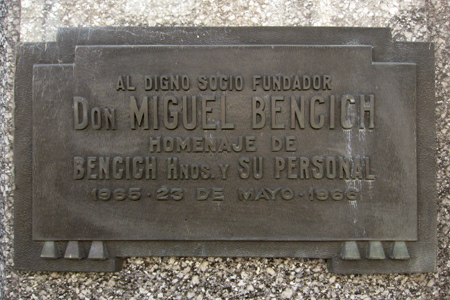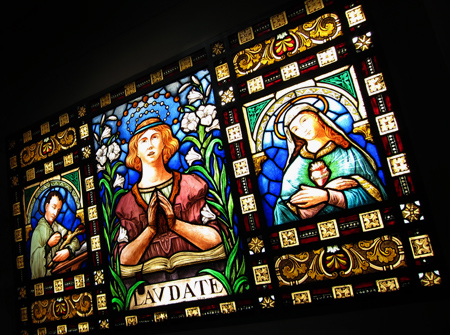
Documenting Recoleta Cemetery in Buenos Aires since 2007
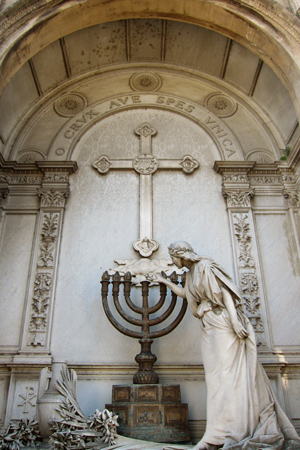
So big that it’s almost impossible to photograph… now that’s a final resting place. Intermarried, wealthy landowners built one of the largest mausoleums in the cemetery; very fitting since their former residence is now the French Embassy:
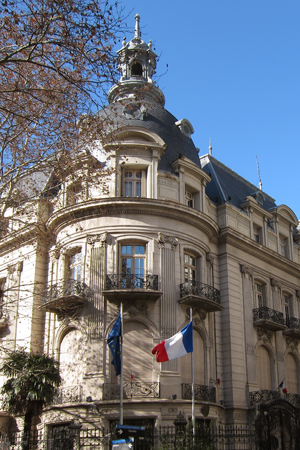
Two major elements stand out among the decoration, a phrase in Latin & the large sculpture group at eye level. “O crux ave spes unica” is the first verse of a 6th century Roman hymn & translates to: O hail the cross, our only hope.
The sculpture depicts the Parable of the Ten Virgins as told in Matthew 25: ten women diligently wait for the arrival a bridegroom to celebrate his marriage. He is unexpectedly delayed & half the women’s lamps ran out of oil. Five left to search for more oil, but the remaining five had brought extra… note the large jar to the left of the lamp. When the groom finally arrived, he excluded the five who had not come prepared to wait.
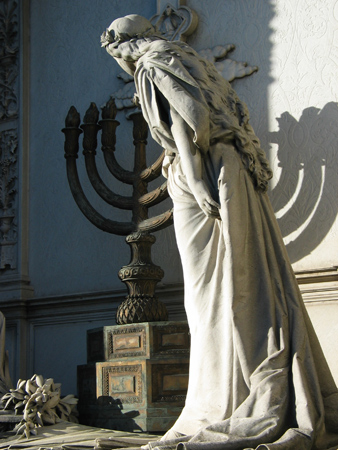
The story is a rather roundabout way of saying that Christ’s second coming will likely be delayed, & the faithful must always be ready. When the time arrives, there will be no second chance. Don’t miss the stained glass window on the reverse side or the luxurious interior, worthy of any church in town.
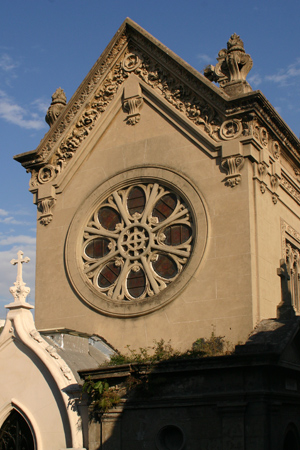
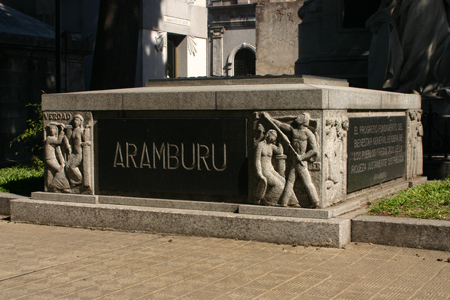
Designed by architect Alejandro Bustillo, the crypt of Pedro Aramburu occupies a very important spot: the end of the cemetery’s main axis & at the feet of President Carlos Pelligrini. Intended to inspire, one of the quotes on the side of the tomb reads:
El progreso, fundamento del bienestar general, es obra de los pueblos y resultado de la riqueza justamente distribuida.
Progress, the foundation of general well-being, is the work of the people & the result of equal distribution of wealth.
Furthermore, an entire series of values is represented around the entire crypt. Included are depictions of Justice, Austerity, Liberty & Equality:
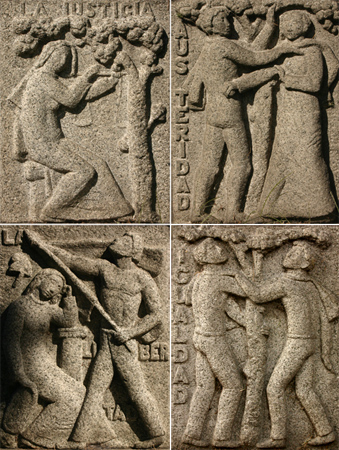
Pedro Aramburu became the de facto President after the Revolución Libertadora & the brief, 50-day term of Eduardo Lonardi. He governed from 1955 to 1958. Democracy returned after Aramburu left office, but the political & economic situation in Argentina was a disaster in the 1960’s. Periods of military rule alternated with democratically elected leaders like a revolving door. Aramburu even ran unsuccessfully for President in 1963… fate had something else planned for him.
An organization known as the Montoneros formed in the late 1960’s as a Catholic, pro-Perón paramilitary group. Perón backed their terrorist actions… at least while he remained in Spain. In their very first public act—the Montonero debut on the political scene—they kidnapped Aramburu from his Barrio Norte apartment (Montevideo 1053, original building now demolished, a supermarket built in its place).
Disguised as fellow military personnel & claiming the need to take him to a safe haven, in reality they questioned him about the location of Eva’s remains & held him responsible for anti-Perón actions while in office. Aramburu revealed nothing about Eva & paid a heavy price. He was shot & left dead in a field in 1970, to be buried later in Recoleta Cemetery.
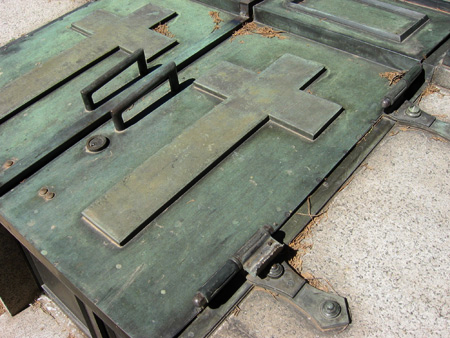
Aramburu’s corpse was stolen from Recoleta Cemetery in 1974 by the same group who murdered him & later recovered by authorities near Parque Las Heras. For the rest of the story, read “The Return of Aramburu“… truth is definitely stranger than fiction.
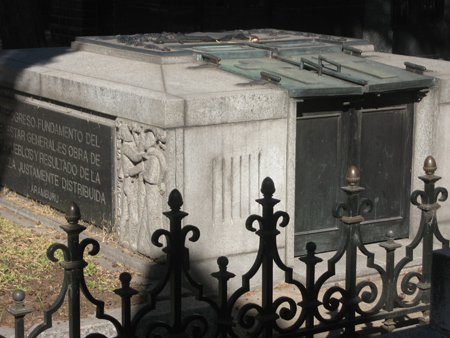
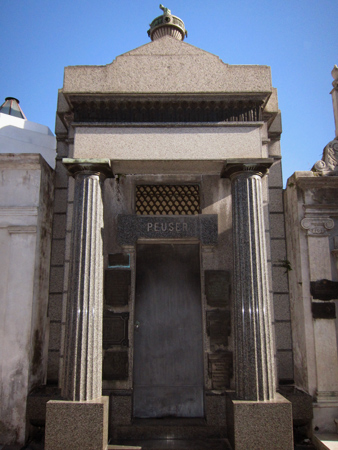
Born in the town of Bad Camberg in the Duchy of Nassau (later annexed to Prussia) in 1843, the parents of Jacobo Peuser arrived in Argentina in 1855 when he was 12 years old. Instead of settling in the capital, they moved to the province of Santa Fe. Young Jacobo inclined toward graphic arts & all aspects of book production, founding one of the most successful publishing companies in Argentina. From 1867 until the beginning of the 20th century, the Peuser empire continued to expand with several production plants in Buenos Aires & branches in most major cities in Argentina. Peuser passed away in 1901 just before his 58th birthday.
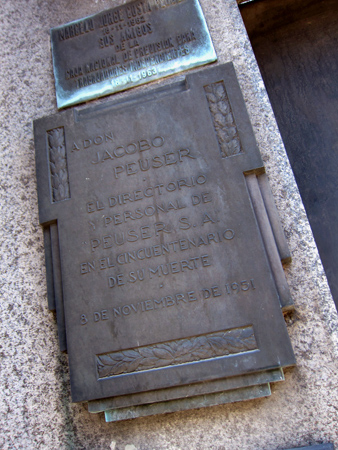
During the company’s long existance, Peuser became best known for guidebooks. The predecessor for the modern day Guía T, the little red Guía Peuser contained numerous, invaluable listings for Buenos Aires: street names, transportation timetables, business directories… no household was without one. Peuser also expanded into national tourism, making an equivalent of the Michelin Guide in Argentina. Although the guides do not exist today, copies can be found easily in Mercado Libre (source for photos below):
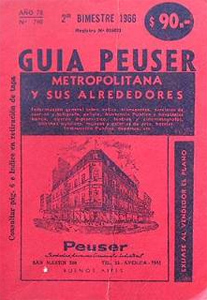
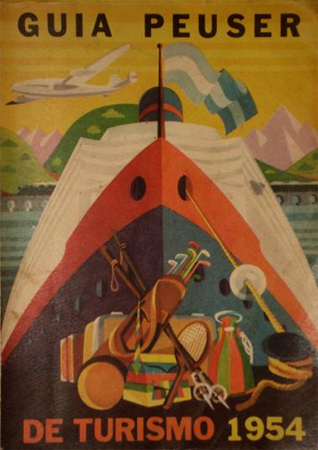
As a compliment to their guidebooks, Peuser produced a series of postcards which showcased the beauty of Argentina at the end of the 19th century. Valued by collectors, the photos give us a view of the entire nation… not just Buenos Aires:
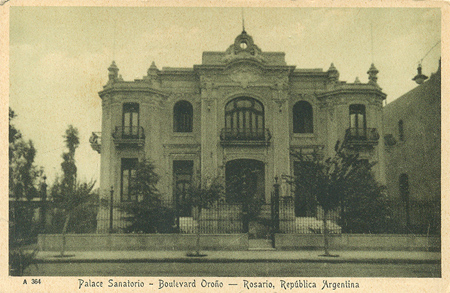
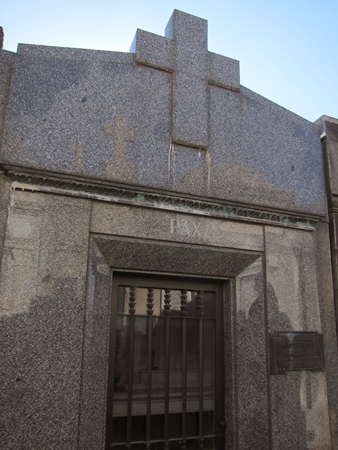
Born in Trieste, Italy in 1888, Miguel Bencich already had experience in the construction business by the time he immigrated to Argentina in 1909. His brother, Massimiliano, arrived Buenos Aires the following year. Together they began the well-known construction company, Bencich Hermanos, in 1915.
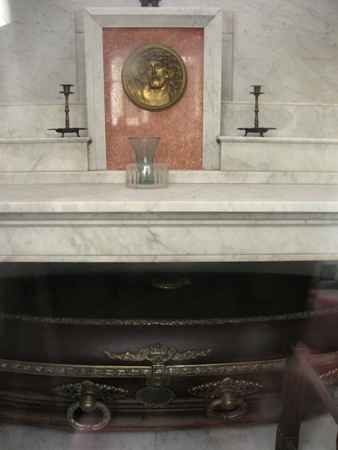
The sheer amount of real estate developed by these brothers is staggering. One building even bears Miguel’s name… its large domes easily stand out along Diagonal Norte in downtown Buenos Aires:
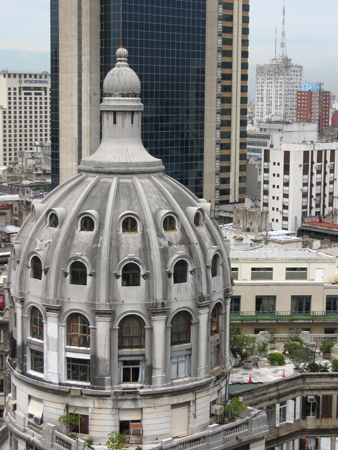
Since the majority of tombs in Recoleta Cemetery are for families & not individuals, it seems odd that both Bencich brothers are not buried together. Miguel passed away first in 1965, then Massimiliano followed in 1972. Latin phrasing plus the company initials on Massimiliano’s tomb implies they would remain together for eternity. How Miguel became separated from his brother is a mystery:
